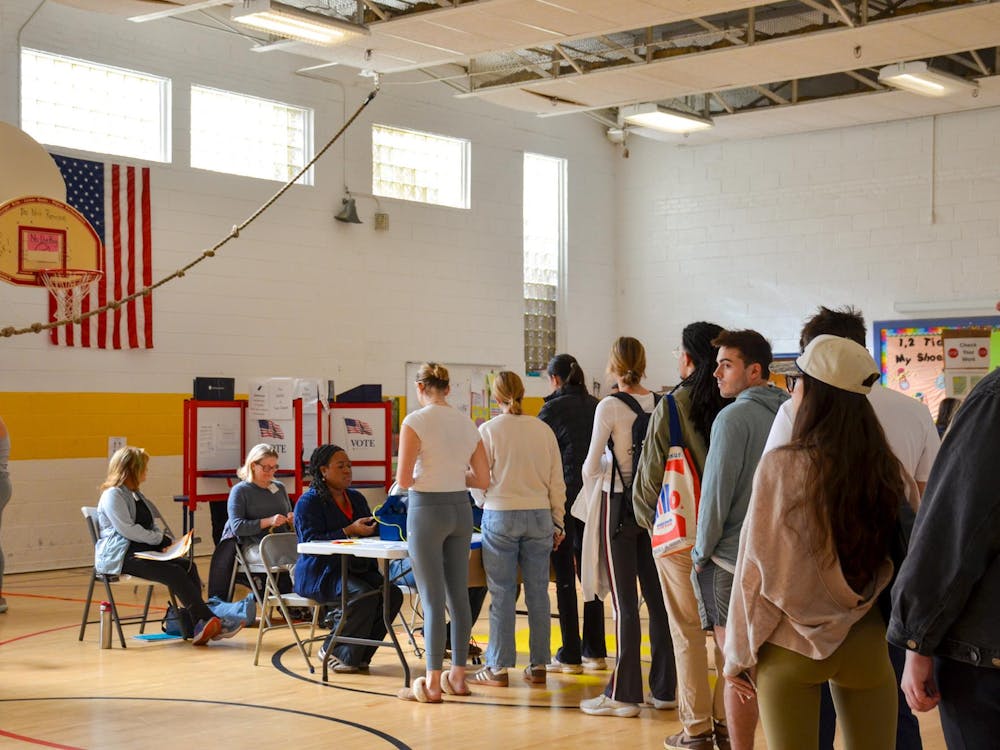The Massachusetts Institute of Technology recently announced a change in its financial aid program, enabling students whose families earn less than $75,000 a year to attend MIT tuition-free. While the University of Virginia has been studying financial aid initiatives, the University's Student Financial Services faces different circumstances than private institutions when trying to offer greater financial aid packages, Student Financial Services Director Yvonne Hubbard noted.
"As a public institution, we're at a different place than Harvard and MIT and Yale," Hubbard said. "It's all about priority and funding."
According to Hubbard, despite the fact that the University has a competitive financial aid program, it is still difficult to keep up with private institutions.
"We have the best financial aid system of any public school in the country by far," Hubbard said. "But when the private schools expand, they're doing it as private schools who have a lot more leverage with their endowment and a lot more money."
The University currently is studying financial aid initiatives such as providing health care or funding for summer studies, Hubbard said.
"We don't have enough funds [currently] to help students who might need health care to buy it with grant funds," Hubbard said, also noting that "summer financial aid doesn't come under AccessUVa; it has its own funding sources that aren't as robust as they could be."
While it continues to seek improvement, according to Hubbard, the University has served as a leader for many other schools' financial aid programs.
The University of North Carolina "started being aware of socioeconomic diversity, and U.Va. came in with a much more comprehensive program," she said. "Harvard, Yale and Princeton have followed suit on that."
According to Daniel Barkowitz, student financial aid director at MIT, his university has also sought to make its financial aid program more appealing throughout the years.
"We have this history of growing our financial aid reach each year," he said. "We aren't blind to what other schools are doing, but this has been MIT's path for a very long time."
The money to fund MIT's new financial aid offer will come from increased spending from the endowment, the operating budget and a new fundraiser, Barkowitz said.
Both Hubbard and Barkowitz noted that regardless of financial aid programs, admission to each school will remain need-blind.
"We're need-aware so that we can provide good services, but [admission] will always be need-blind," Hubbard said.






